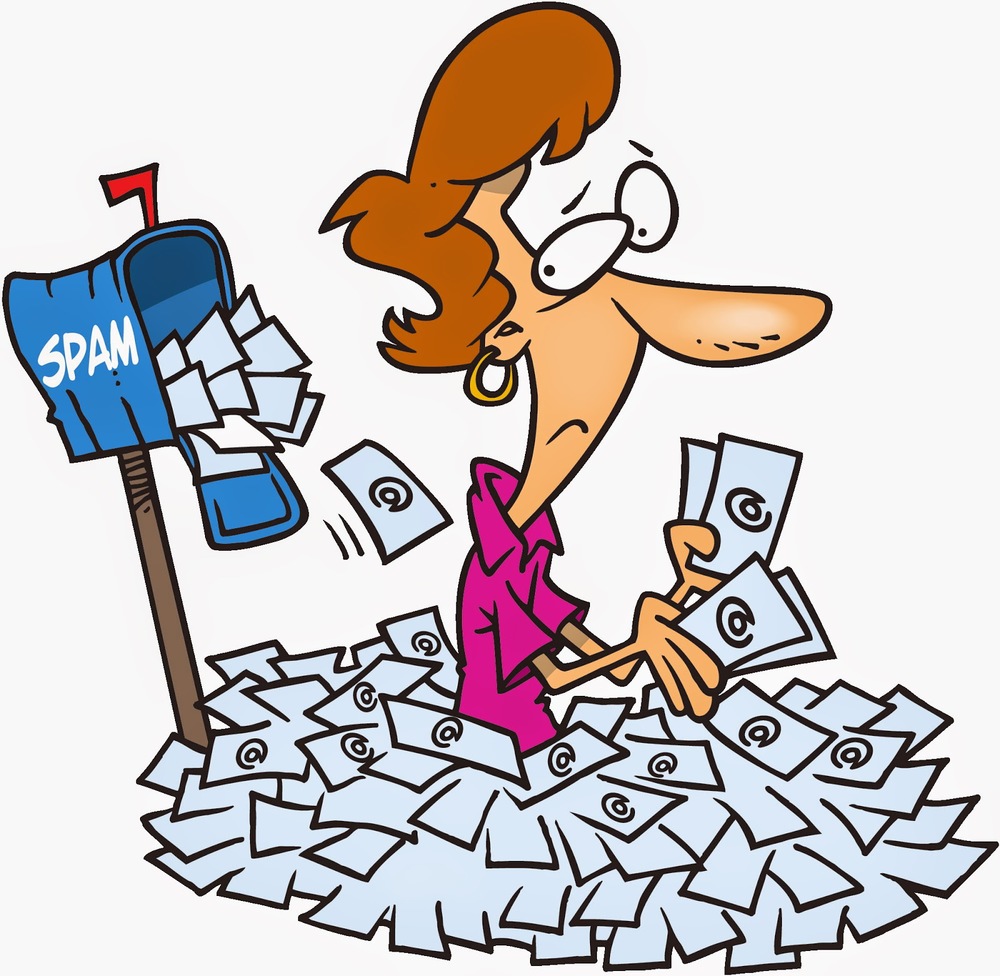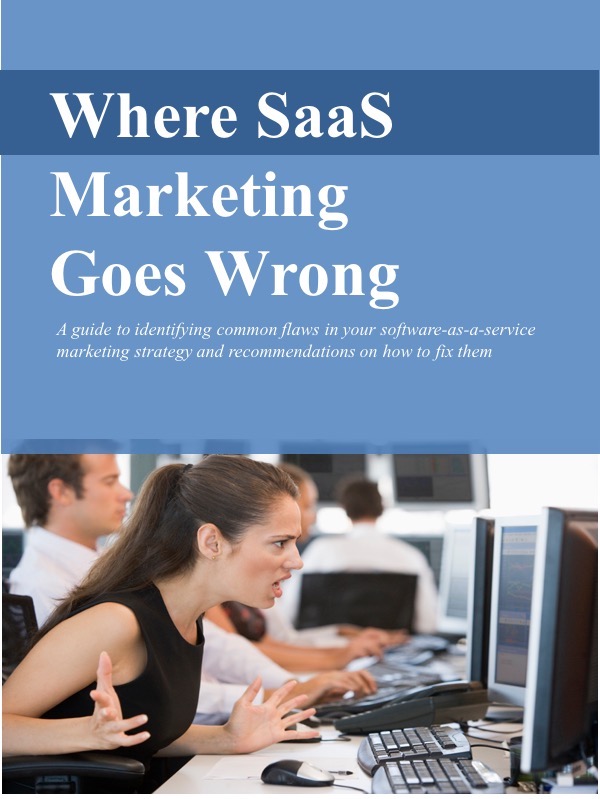SaaS Marketing isn’t all about talking; It’s more about listening
/If you’ve ever sat through a marketing agency’s pitch or seen an episode of Mad Men, you’d think that marketing is all about talking – pushing out clever messages so that people will buy whatever it is that you’re selling.
Not exactly.
You’re right that there’s plenty of delivering messages through email, blog posts, paid adwords, Twitter, TV, radio, or print ads or whatever media reaches the buyer.
But there’s more to it than catchy taglines, ads, or social media campaigns.
For any of that talking to work, there needs to a lot of listening, too.
What should you be listening for?
When you’re marketing and selling, you’re obviously keenly alert to a few magic phrases, along the lines of “Yes, I’ll buy it!”
But there are a few other things to listen for as well:
- Who’s making the buying decision?
- What problem are they trying to solve?
- How painful is that problem?
- Why is their existing solution failing?
Asking these questions, you’ll hear a lot about who’s buying and why.
But you can also listen for how they’re buying:
- Where are they looking for solutions?
- What are the selection criteria?
- What other solutions are they considering?
How should you be listening?
There are plenty of ways to listen to prospects and customers, from broad-based surveys to small, focus groups. Vendors selling software-as-a-service (SaaS) solution have the particular advantage of gathering input from customers directly within the product.
I’ve found that monthly, one-on-one interviews with several new customers are one particularly effective way of listening. The evaluation process is still fresh in their minds, and an open-ended conversation can reveal useful insights that might not surface in a survey.
Companies can conduct these interviews themselves, though there are certain advantages of having an outside party handle them. Customers don’t think you’re trying to sell them anything, and they might be more candid about what they liked or didn’t like when evaluating your solution. (I’d be happy to talk with you more about my experience with these one-on-one interviews.)
Listening isn’t a one-and-done process
Don’t confine your listening to an annual event. Relying on a periodic snapshot or using a single mechanism to learn what’s on the minds of prospects and customers means you’ll probably miss a lot. Markets change: different buyers emerge, new competitors come to market, evaluation criteria change, and new channels to reach buyers become important.
Whatever techniques you use, you should always be listening.
What do you do with all this listening?
The insights you glean from this listening should factor into what you say and where you say it. It should guide your messages and how you explain your value, and it should inform what channels and media you use to get in front of buyers.
In fact, a marketing plan that isn’t built on this kind of solid foundation – without a firm grasp on who’s buying, why, and how – is likely to fail. Marketing without listening is a big mistake.
 The junk email I get about replacement windows, oil change coupons, and life insurance doesn’t really bother me.
The junk email I get about replacement windows, oil change coupons, and life insurance doesn’t really bother me.
 Establishing that kind of trust first requires that the vendor spend a little bit of time finding out about the prospective customer.
Establishing that kind of trust first requires that the vendor spend a little bit of time finding out about the prospective customer.

 For one, companies are getting more comfortable with the idea of running critical business functions in the cloud.
For one, companies are getting more comfortable with the idea of running critical business functions in the cloud. With this experience, buyers have a much better idea of what features and functions they really need, and what they’re willing to pay for.
With this experience, buyers have a much better idea of what features and functions they really need, and what they’re willing to pay for. SaaS marketing is still expensive
SaaS marketing is still expensive
 Don’t waste money pushing out the wrong message
Don’t waste money pushing out the wrong message There’s a guy in my town who advertises himself as “The Bulkhead Man.” What he does is install the entryways that go from the outside of a house into a basement. Most are heavy steel doors that are mounted onto the concrete foundation. Here’s a photo of mine, partially obscured by a very healthy holly bush.
There’s a guy in my town who advertises himself as “The Bulkhead Man.” What he does is install the entryways that go from the outside of a house into a basement. Most are heavy steel doors that are mounted onto the concrete foundation. Here’s a photo of mine, partially obscured by a very healthy holly bush.


 An entrepreneur who’s just been accepted into a start-up accelerator that provides cash for young companies asks:
An entrepreneur who’s just been accepted into a start-up accelerator that provides cash for young companies asks:


 So what does that mean for software-as-a-service (SaaS) marketers? What does it mean for your messages and how you present yourselves?
So what does that mean for software-as-a-service (SaaS) marketers? What does it mean for your messages and how you present yourselves?  Of course your company probably knows a lot about other industries and other markets. And it might be easy to configure your SaaS solution to work in a variety of environments to solve a whole slew of problems.
Of course your company probably knows a lot about other industries and other markets. And it might be easy to configure your SaaS solution to work in a variety of environments to solve a whole slew of problems. 


 In fact, many times the free trialers don’t even try the free stuff.
In fact, many times the free trialers don’t even try the free stuff.  Tip 1: Don’t make the trialer work too hard
Tip 1: Don’t make the trialer work too hard

